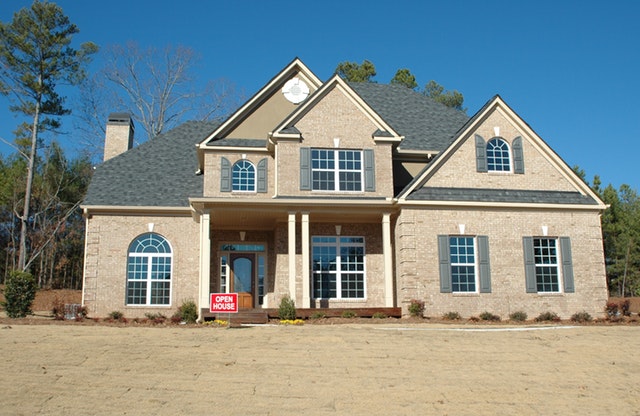 Home price growth fueled by high demand for single-family homes was higher in July according to Case-Shiller’s National Home Price Index. Analysts said that millennials seeking to purchase homes and the continued exodus from large urban areas propelled rising home prices. Home prices grew fastest in the West and Southeastern regions.
Home price growth fueled by high demand for single-family homes was higher in July according to Case-Shiller’s National Home Price Index. Analysts said that millennials seeking to purchase homes and the continued exodus from large urban areas propelled rising home prices. Home prices grew fastest in the West and Southeastern regions.
While home prices grew moderately before the pandemic, high unemployment has not impeded rapid home price growth since the pandemic. Low mortgage rates and more demand for homes overcame consumers’ concerns about jobs and the economy. Analysts said that rapidly rising home prices could benefit homeowners struggling with mortgage payments as additional equity could provide more cash for relocation.
20-City Home Price Index: Three Top Cities in July
Home prices rose at the fastest pace in Phoenix Arizona at 9.20 percent year-over-year. Seattle, Washington reported a home-price growth rate of 7.00 percent; Charlotte, North Carolina reported year-over-year home price growth of 6.00 percent. In July.
The COVID-19 pandemic caused many workers to switch from commuting to their jobs to working from home. Home-buyers also looked for homes in less-populated areas. 16 of 19 cities reported in July’s 20-City Home Price Index reported a faster pace of home price growth than in June. Detroit, Michigan did not report home prices for the July 20-City Home Price Index.
Homeowner migration from congested cities to suburbs was confirmed by Robert Dietz, the Chief Economist at the National Association of Home Builders, who said: “…builders in other parts of the country have reported receiving calls from customers in high-density markets asking about relocating.” Building single-family homes in all price ranges would help ease the shortage of homes.
FHFA Reports Highest Home Price Growth Rate From May to July
The Federal Housing Finance Agency reported a record price growth rate of more than two percent for the two months between May 1 and June 30. FHFA reports data on homes owned or financed by Fannie Mae and Freddie Mac.

 Last week’s economic news included readings from Case-Shiller Home Price Indices, along with data on new and pending home sales. Weekly readings on mortgage rates and new and continuing jobless claims were also published.
Last week’s economic news included readings from Case-Shiller Home Price Indices, along with data on new and pending home sales. Weekly readings on mortgage rates and new and continuing jobless claims were also published. According to the National Case-Shiller Home Price Index for June, U.S. home prices rose 4.30 percent year-over-year, which was unchanged from May’s year-over-year home price growth rate. Home prices are expected to continue growing through 2020 as businesses reopen and COVID-19 restrictions ease.
According to the National Case-Shiller Home Price Index for June, U.S. home prices rose 4.30 percent year-over-year, which was unchanged from May’s year-over-year home price growth rate. Home prices are expected to continue growing through 2020 as businesses reopen and COVID-19 restrictions ease. Last week’s economic news included readings from Case-Shiller on home prices, the National Association of Home Builders Housing Market Indices, and sales of previously-owned homes. Readings on housing starts and building permits issued were released. Weekly reports on mortgage rates, new and continuing jobless claims were also published.
Last week’s economic news included readings from Case-Shiller on home prices, the National Association of Home Builders Housing Market Indices, and sales of previously-owned homes. Readings on housing starts and building permits issued were released. Weekly reports on mortgage rates, new and continuing jobless claims were also published. Case-Shiller’s National Home Price Index showed little change in April as home prices rose by 0.10 percent to a year-over-year average of 4.70 percent. The 20-City Home Price Index showed corresponding home price growth of 0.10 percent to 4.00 percent year-over-year.
Case-Shiller’s National Home Price Index showed little change in April as home prices rose by 0.10 percent to a year-over-year average of 4.70 percent. The 20-City Home Price Index showed corresponding home price growth of 0.10 percent to 4.00 percent year-over-year.